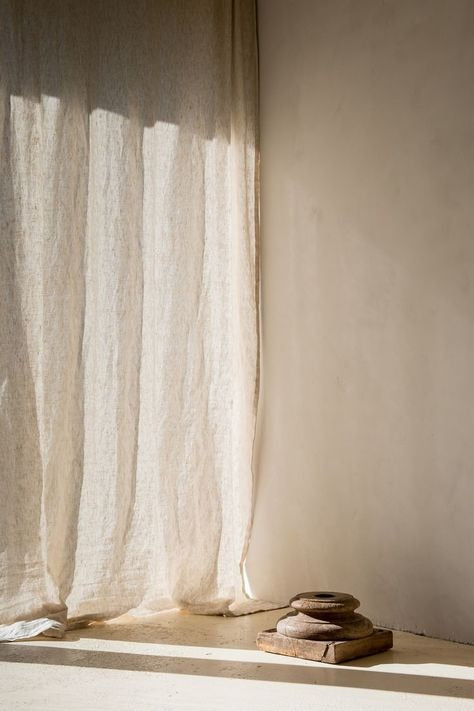With trends evolving faster than ever before, the issue of the availability and finite resource of water becomes more prominent. It seems that ever since the pandemic, there has been a rise epidemic in the fast evolution of trends, especially seen in social media platforms such as TikTok. Due to social media’s influencer’s promotion of upcoming brands and cheaper clothes there is a consistent need for the uprooting of water from places with finite amounts of it. Often replacing the importance of providing the local population with clean water to making new clothes in order for a company to make money. To reduce the amount of water used each year to produce apparel you can research the issue, shop second hand, and wear clothes that are made from more sustainable materials.
Cotton usage within the textile industry is the primary issue of the water crisis being the startling amount of water to produce one item of clothing. Cotton uses the most water during the farming of it due to how quickly the water evaporates from the seeds and the need to replace that water to keep the plant suitable for usage. This entire process is behind the development of one cotton tee shirt which uses 2,700 liters of water. This amount is enough drinking water for one person for 900 days. There are 7.8 billion people in the world who require tee shirts and pants thereby needing 79 billion cubic meters of water while 2.7 billion people experience water scarcity. To manage this issue at a smaller scale there are ways that you can contribute to using less water and not participating in the larger issue.
Shopping second hand to avoid the economic demand of buying new clothes helps manage the water issue. The stigma surrounding second-hand and thrift stores has diminished due to the rising trends of 90’s and Y2K clothes that are better found in thrift stores rather than stores that are just following the trend. Trends such as these promote thrifting old clothes while still being “trendy” and promoting shopping second hand to avoid contributing to the water issue and fast fashion as a whole.
Clothes made from sustainable materials use less water, are easier to biodegrade, and in themselves reduce the environmental harm overall. Materials such as these include bamboo, hemp, organic cotton, linen, silk, and recycled materials. To know whether or not your clothes are made using sustainable materials, you can check the tag on the back or the side of the clothing where you will be able to find a list of “ingredients” used to make that item.

